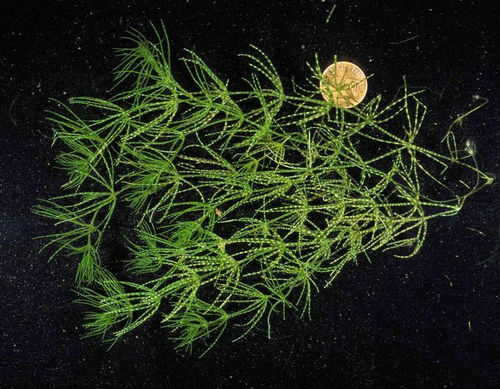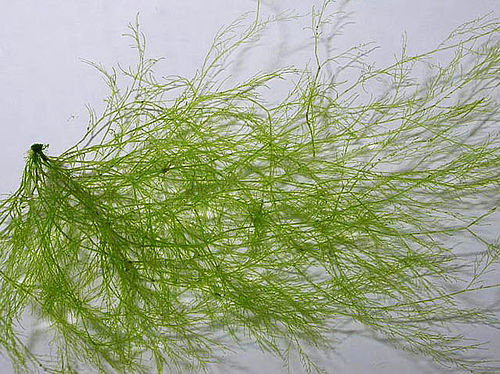Difference between revisions of "Algae and Aquatic Macrophytes"
Cellsworth (Talk | contribs) |
Cellsworth (Talk | contribs) |
||
| Line 84: | Line 84: | ||
|style="color:#000;"| | |style="color:#000;"| | ||
| + | Cladophora is a structural | ||
| + | host for Gammarus and chironomids below | ||
| + | Glen Canyon Dam (Shannon et al., 1994; Stevens | ||
| + | et al., 1997), and diatom epiphytes on the | ||
| + | alga provide a food resource for these invertebrates | ||
| + | (Blinn et al., 1992; Stevens et al., | ||
| + | 1997). [https://www.gcmrc.gov/library/reports/biological/Foodbase/McKinney1999f.pdf] | ||
|} | |} | ||
Revision as of 11:11, 20 March 2018
|
|
Algae and Aquatic Macrophytes below Glen Canyon DamPrimary production from algae represents the base of food webs in many rivers, and dissolved oxygen is a by-product of primary production. By developing detailed dissolved oxygen budgets for a river reach, which account for rates of air-water gas exchange, it is possible to estimate rates of primary production for entire reaches of river. GCMRCs Sediment Transport Group is continuously measuring dissolved oxygen concentration at 5 locations downstream of Glen Canyon Dam. In collaboration with Robert Hall and Robert Payne, the Aquatic Ecology Group is developing models for continuously estimating rates of primary production of the Colorado River in Glen, Marble, and Grand Canyon. [1] |
| -- |
-- |
-- |
|---|
|
|

